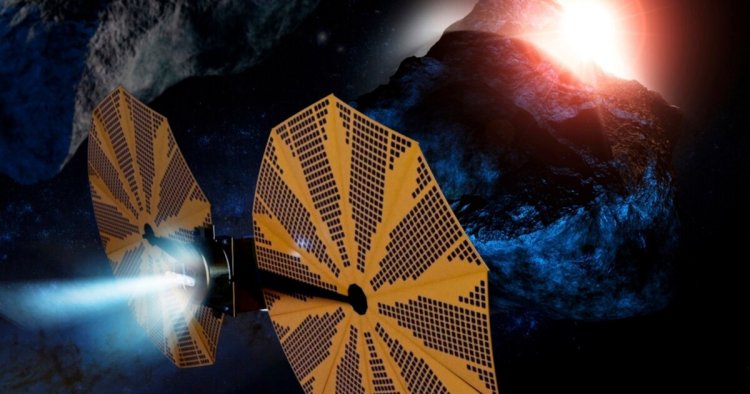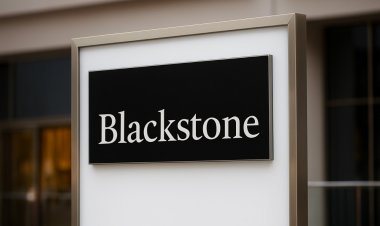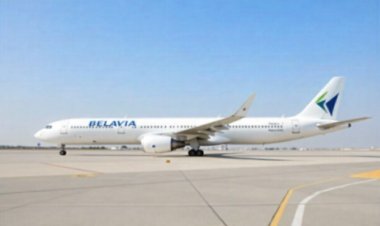UAE Space Sector Achieves Record Year with Breakthrough Missions to Moon, Asteroid Belt and Beyond

UAE Space Sector Achieves Record Year with Lunar, Asteroid, and Satellite Breakthroughs
The UAE’s space sector has marked a record-breaking year in 2025, achieving major scientific and technological milestones. These accomplishments reinforce the nation’s status as a global hub for space innovation, while showcasing its dedication to Emirati talent development, international partnerships, and cutting-edge exploration.
Timed with World Space Week (October 4–10), the announcement celebrates the UAE’s progress in line with the event’s 2025 theme: “Living in Space.” The theme emphasizes how global collaboration and technological advancement are paving the way for humanity’s long-term future in outer space.
A Rapid Start: Six Satellite Launches in Early 2025
The year began with an impressive pace. In January, the UAE launched five satellites: Thuraya 4, Mohammed bin Zayed Sat, Al Ain Sat-1, HCT-SAT 1, and the second phase of the Foresight satellite constellation.
This was followed by the launch of UnionSat on March 15, the country’s first radar satellite, which enhances capabilities in Earth observation, national security, and environmental monitoring.
A Seat at the Lunar Gateway: Long-Term Scientific Role
In February, the Mohammed Bin Rashid Space Centre (MBRSC) signed a landmark agreement with Thales Alenia Space to develop the Pressure Equalisation Unit for NASA’s Lunar Gateway a cornerstone of future Moon missions.
This 10-tonne unit (10 meters long, 4 meters wide) will serve as a vital link in the Gateway, allowing astronauts to safely transition between different space environments. Under the deal, the UAE will operate the module for up to 15 years, with the possibility of extending its role. This agreement not only gives the UAE a long-term scientific presence in the Moon’s orbit, but also opens the door for an Emirati astronaut to participate in future lunar expeditions.
Rashid 2 Rover: Mission to the Far Side of the Moon
In May, MBRSC and Firefly Aerospace formalized a deal to launch the Rashid 2 Rover aboard Blue Ghost Mission 2. The rover will land on the far side of the Moon in 2026, a challenging and rarely explored region.
The mission will also carry scientific payloads from NASA, the European Space Agency (ESA), and Australia, placing the UAE in a unique global circle of nations conducting deep-lunar surface research. Rashid 2 will ride on the Elytra Dark orbital vehicle, providing unprecedented data critical for building future lunar infrastructure.
Advancing Global Collaborations
The UAE has also renewed its partnership with France’s CNES to support Rashid Rover 2. The French agency will contribute two high-resolution cameras and a CASPEX imaging module, along with scientific expertise in image processing and data analysis.
This partnership builds on the success of the original Rashid Rover and strengthens the UAE’s role in international lunar research and mission planning.
Emirati Talent at the Core: National Space Academy Programs
Recognizing the need to build human capital, the UAE Space Agency launched the Space Mission and Satellite Engineering Programme (SMSE) through its National Space Academy. The initiative, in partnership with EDGE, and its affiliates FADA and BEACON RED, is designed to train Emirati engineers and researchers in satellite design, mission architecture, and systems engineering.
Through hands-on experience, this programme ensures that the UAE’s future missions are led by homegrown talent, positioning the country for long-term self-sufficiency in space technology.
Arab World’s First Asteroid Mission: Final Design Phase Complete
In April, the UAE Space Agency and the Technology Innovation Institute (TII) announced the completion of the final design phase of the Emirates Mission to the Asteroid Belt (EMA). The mission aims to explore seven asteroids between Mars and Jupiter, with a lander set to study the rare carbon-rich asteroid Justitia.
The EMA Lander will be carried by the MBR Explorer, with 50% of the project handled by UAE companies to foster local innovation, create high-tech jobs, and stimulate economic diversification. This marks a turning point for Arab-led space science, setting a regional precedent.
Five Years of Hope: UAE's First Mars Mission Still Delivering
In July, the UAE celebrated five years since the launch of the Hope Probe, its first mission to Mars. Launched in 2020, Hope has provided groundbreaking atmospheric data that continues to support global research efforts.
As the first Arab and Islamic interplanetary mission, the Hope Probe remains a symbol of the UAE’s visionary leadership in space exploration and scientific contribution.
Looking Ahead
The UAE’s achievements in 2025 represent more than technological progress they reflect a national commitment to innovation, education, and international cooperation. By investing in advanced space missions and the development of Emirati talent, the UAE is not just participating in the global space race it is helping to lead it.
for more info:























